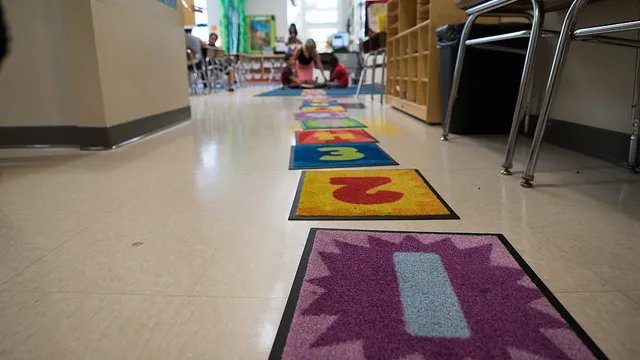Central American Refugees: Challenges of Identifying & Placing Minors


Central American Refugees: Challenges of Identifying & Placing Minors
This past summer, much of the political and media establishment was focused on the influx of undocumented children from Central America. The stories were often framed in the context of our nation’s rancorous immigration debate, and brought out both the best and the worst of our national character.
Although not without our own politics, our practical focus here at Ellevation is always on ELL students, and the educators that serve them. Now that the school year is underway, and unaccompanied Central American minors are starting new lives as US public school students, we wanted to take stock of what is happening “on the ground.” And specifically, we wanted to highlight issues around the challenges of identification and placement for this population of students.
Based on our daily conversations with ELL professionals from all over the US, we know that districts are struggling to keep track of newcomers and deliver the instructional and social services they need. Many are SIFE students with interrupted formal education, and may not be literate in their own language; others might have suffered severe physical and emotional trauma; whatever their circumstances, these children usually present challenges to districts. One woman we spoke with at the WIDA Conference last month went so far as to say “the focus on Long-Term ELLs is going to take a back seat for a while…we are all so overwhelmed with the kids from Honduras.”
With recent articles citing approximately 37,000 unaccompanied minors released to sponsors through July 31, 2014, and another 20,000 expected, it can be very hard to properly place newcomers in the right instructional program. Even the best equipped districts struggle to “intake” students with such complex backgrounds. There are a couple of reasons:
- Confusing policy. Even well-meaning professionals might not understand that undocumented minors, while admittedly stuck in legal limbo, are still entitled to services and instruction. Experienced districts on the Texas border might understand this, but many others have struggled to ensure legal and fair intake processes. The result is that the process is rendered even more intimidating and proper student placement suffers.
- Lack of resources. The process of understanding each new student’s needs requires intensive discovery. When done well, it is a personal process, and takes into account the student’s schooling history, language assessments, and a host of social-emotional factors like recent trauma or abuse. However, intensively personal processes are hard to scale up when there are so many more kids – inevitably, in an environment of constrained resources, social workers and district professionals have less time to understand each child.
- Poor information sharing. Disseminating information is not a strong suit of many districts, and communicating specialized needs, involving many stakeholders, can be difficult. As a result, even if students are properly placed in the right classes, teachers may not understand how to scaffold instruction properly based on that student’s language proficiency level. Many students in this environment, unable to access the content of the classroom, will drop out.
Confusing policy. Limited intake resources. Poor information sharing. These are just three of the structural obstacles that lower the odds for newcomers pursuing their American dream. What can be done?
At Ellevation, we don’t purport to solve all problems. But our technology can at least help administrators make the most of the resources they have, and support much better information sharing across the district, all the way to the “front lines” of the instructional classroom. When paired with clear policy guidance, we have seen many district partners excel in integrating children into our schools and living up to our heritage as a nation that welcomes the weary.
What are some of the challenges that you’ve seen in your district? What have been some of the best solutions?